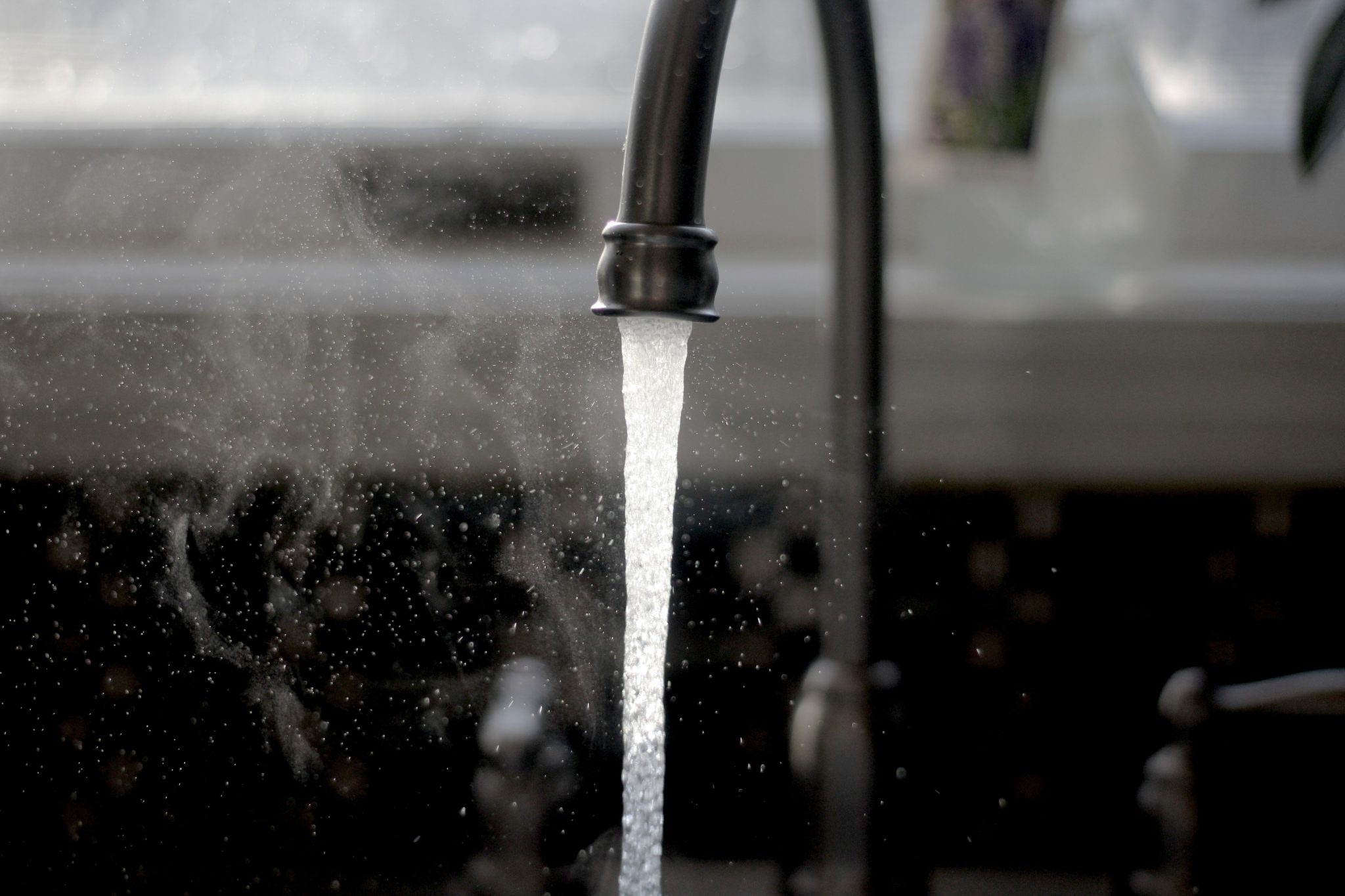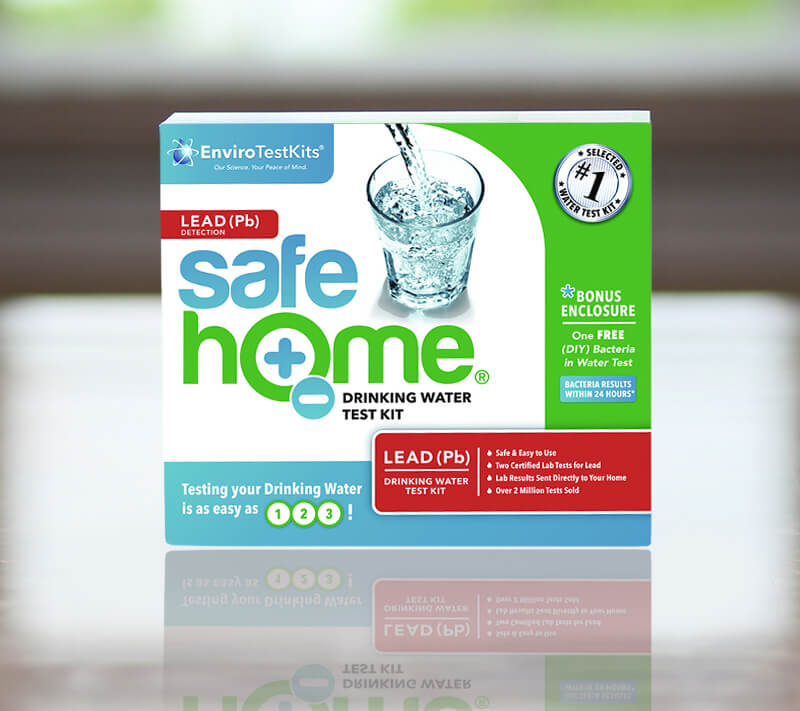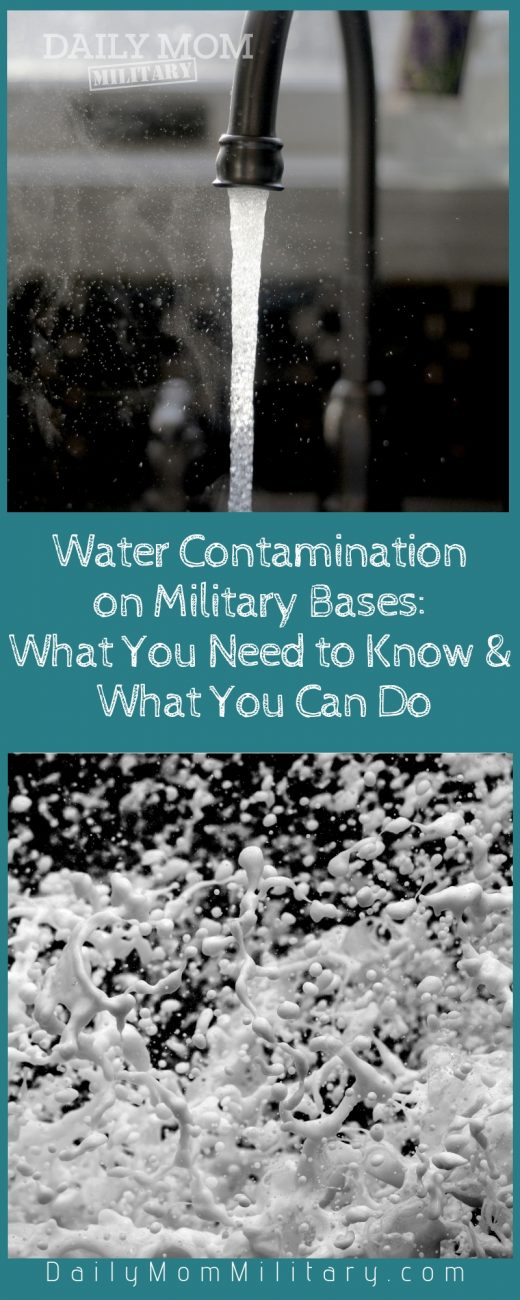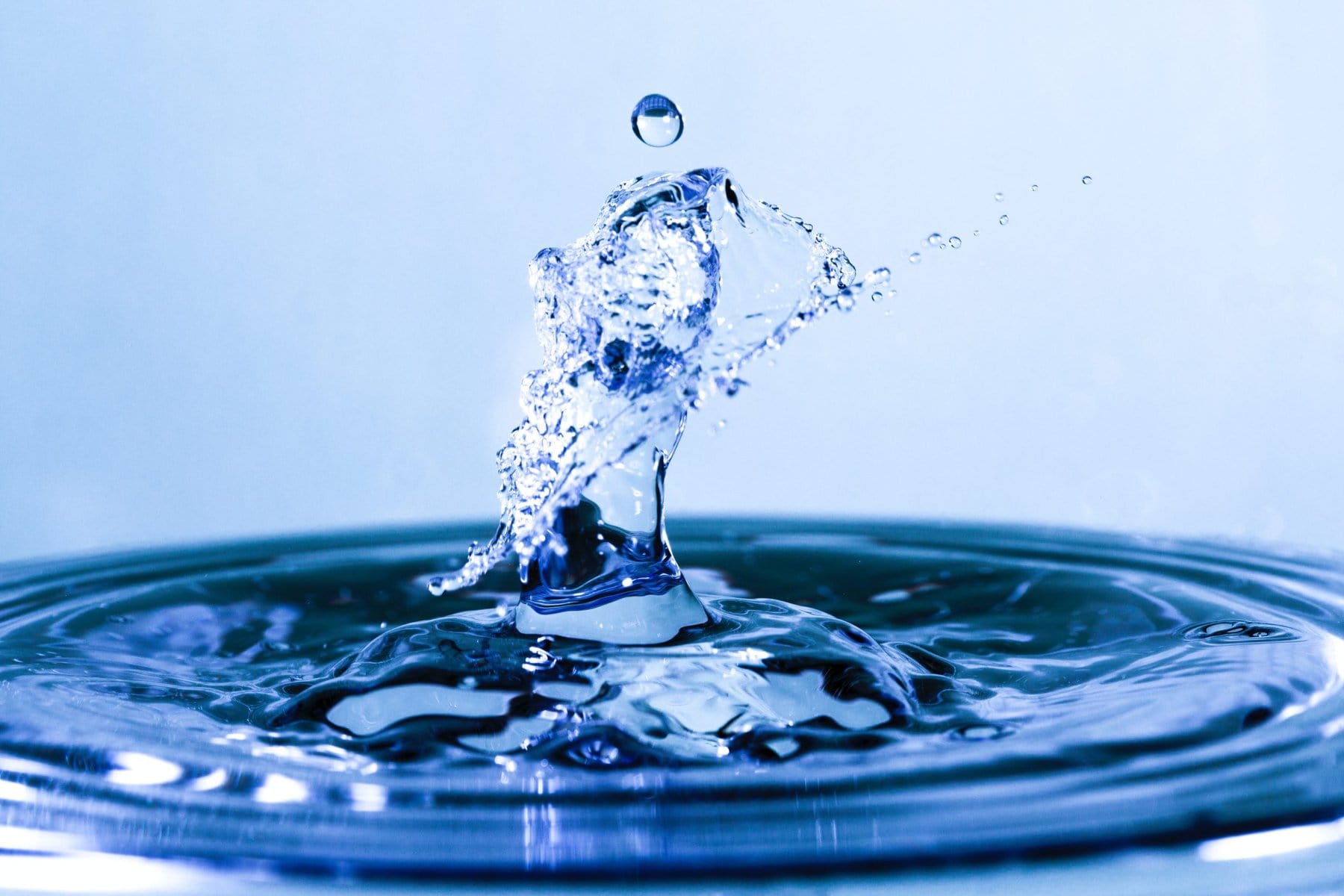This post is sponsored by Environmental Labs. All writings and opinions are that of Daily Mom Military.
Something is in the water on or around many U.S. military installations, and it’s not just a daily cup of motivation. An April 2018 Military Times article, revealed that on or around at least 126 bases the water contained perfluorinated compounds. According to the Pentagon, these compounds have been linked to infant and childhood cancer and developmental delays in both fetuses and infants. In fact, there are 36 military bases with contaminated drinking water, and over 90 sites with contaminated groundwater or drinking water near military installations.
In the military spouse world, discussions of water contamination are common. We all know at which bases we must pay for filtered water. There have been posts discussing how many children have been diagnosed with cancer after living on different bases in certain housing areas. Military families go into this life knowing there will be sacrifices, but our own health (and, namely, the health of our children) should not be one of them.
But why is water contamination so high in some of these places? What is different about living on a military base versus having municipal water out in town, nowhere near a base?

Well, according to this government study completed by Department of Health and Human Services’ Agency for Toxic Substances and Disease Registry (ATSDR) that was released in June that looked at the water contaminants in and around military bases, it was found that the culprit is none other than highly toxic chemicals called perfluorooctane sulfonate and perfluorooctanoic acid. Also known as PFOS and PFOA, these chemicals are firefighting chemicals used on aircraft to counteract potential fire risks. When sprayed on an aircraft, the chemicals are usually washed into the ground haphazardly; they seep into the soil and get into the water supply. There are several alarming concerns with PFOS and PFOA, namely:
- The firefighting foam does not degrade in soil, meaning it stays at it’s highest concentration.
- The firefighting foam runs into drains and no attempt is made to contain it. Military Times spoke with several veterans concerning this issue. One Air Force firefighter, Paul Cyman (1969 to 1973), stated, “‘It was just draining into whatever drains were around. It would go into the storm drains. There was no containment at all.’”
- Exposure to PFOS and PFOA has been linked to increased miscarriage, liver and kidney damage, asthma, testicular cancer, and thyroid issues. It has also been found in breast milk and umbilical cords.
- Humans can be exposed to this chemical by water or air exposure, putting those who work directly with these chemicals at higher risk.
What’s Being Done
The government has known of the water contamination issue for several years and has been working to control the problem. Of the 36 bases that have direct water contamination, 24 were provided with an alternate water supply, including water filters in base housing or bottled water at no cost to the residents. For the other 12 locations, the water supply is controlled by municipal or other contracted vendors, and, since the PFOA and PFOS regulations held by the government of 70 parts per trillion are not enforced by the Environmental Protection Agency, they are having a harder time providing ready access to safe water to residents.

Cleaning up the issue is another story. Groundwater contamination is significant with over 61 percent of military installations having contaminated water. On most bases, this groundwater is being rerouted to other wells, but the environmental cleanup of PFOS and PFOA is simply being added to the lengthy list of environmental issues for the government and military installations to address. They are also working on phasing out the use of the flame retardant that contains PFOA and PFOS for other, safer options.
Taking Contaminated Water Into Your Own Hands
Despite the government’s warnings and directives to get cleaner water on military installations around the world, military families want to take matters into their own hands. Reports like this one are hard to read and comprehend, especially if you don’t know what you’re looking for. At this point, families are skeptical of what the government is telling them, and they want to know if their water is safe for their families. Here are steps you can take today toward protecting your family.
- Check the list of DoD installations with above-average levels of PFOS and PFOA to see if any of your former or your current location made the list. Chances are high since there are 25 Army bases; 50 Air Force bases, and 49 Navy or Marine Corps bases that have higher than acceptable levels of PFOS and PFOA.
- Perform your own water test. The Safe Home water kit is a quick and effective way to know if your house’s water contains any contaminants. The process is quick and easy to use:
- Order the kit you need. They have several options, including lead testing (which is great for older base housing that may have used lead paint) and kits that test anywhere from six to over 200 known contaminants.
- Collect your sample from any tap in your home. You can also order a second kit to test your filtered water to ensure that it is effectively cleaning contaminants out.
- Mail your sample back to EnviroLabs.
- Your results will be emailed back to you in seven to 10 business days.

- Take the necessary precautions. Now that you have your test results, you can be sure that the water you use is clean and safe for your family. Order a filtered-water system or get bottled water if your home’s water does have contaminants. It can also be useful to share this information with your base housing representatives if living on base.
The government called this a “public relations nightmare.” In fact, the original study of water contamination levels was completed in 2015, but withheld from the public until moved by a bipartisan bill in Congress last March. Sure, this might stink for the government who has been unknowingly (hopefully) poisoning its military-base residents and service members. But what about the families truly being affected by it — the ones who receive test results confirming their child has cancer or that they’ve miscarried again? Military families sacrifice so much; water-compromized health shouldn’t be just another thing we have to deal with.
Looking for more? You might also like, “Decision Not to Evacuate Marines Ahead of Hurricane Florence Sparks Backlash”

Photo Credits: Brittany McAnally
Resources: Military Times | Military Times








































